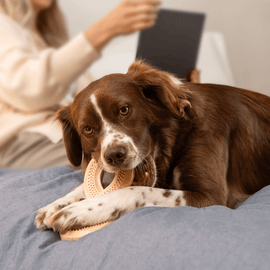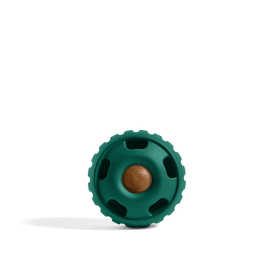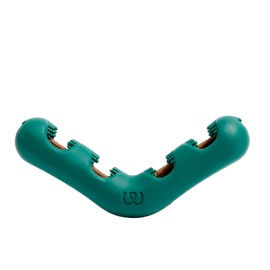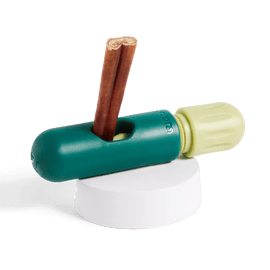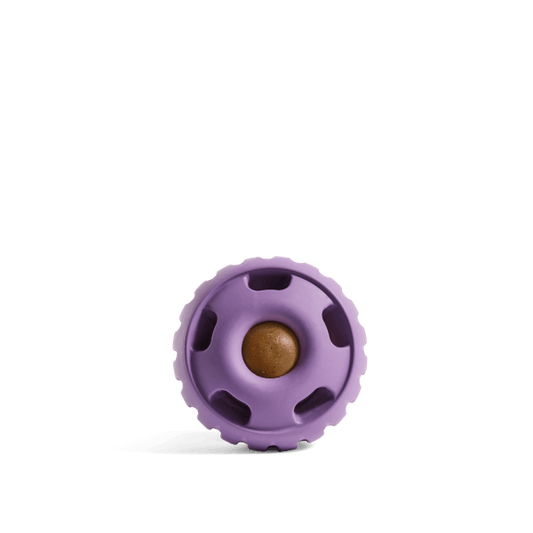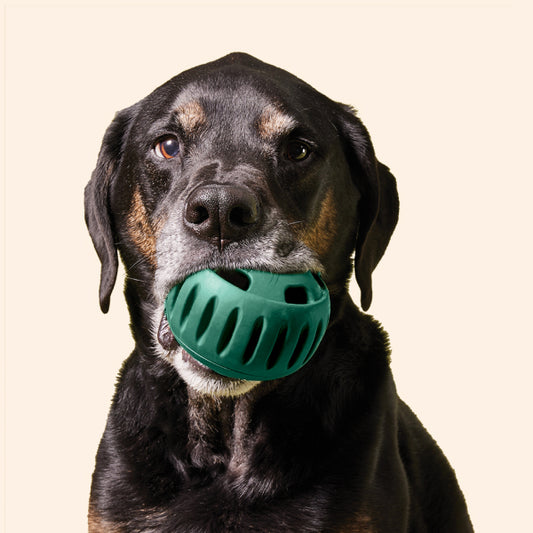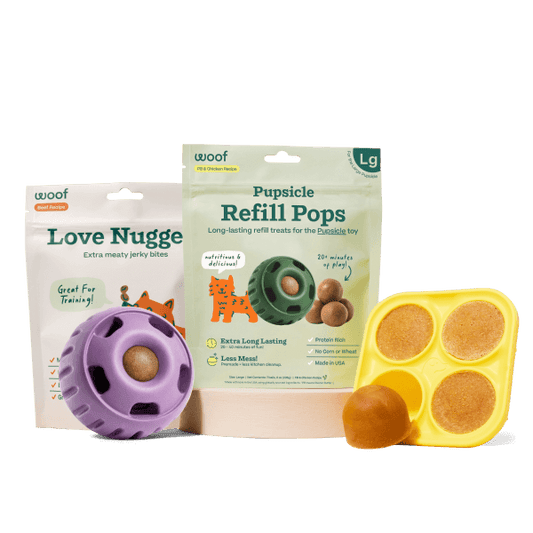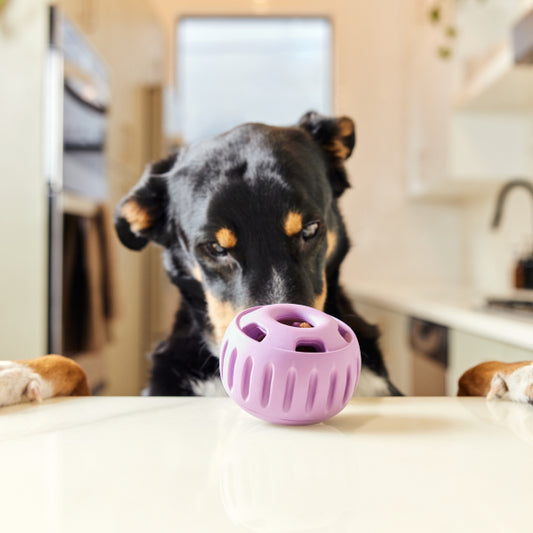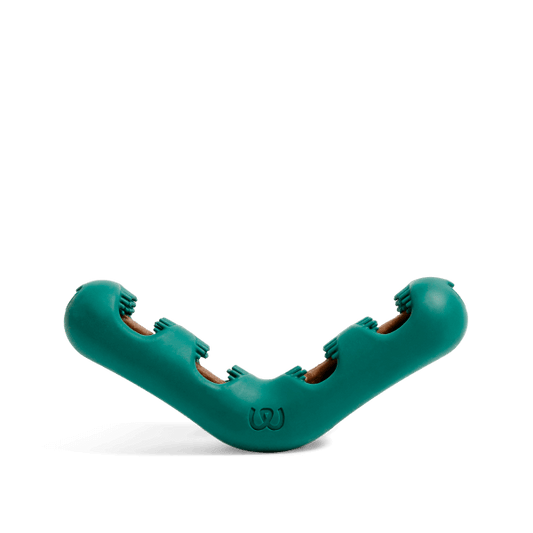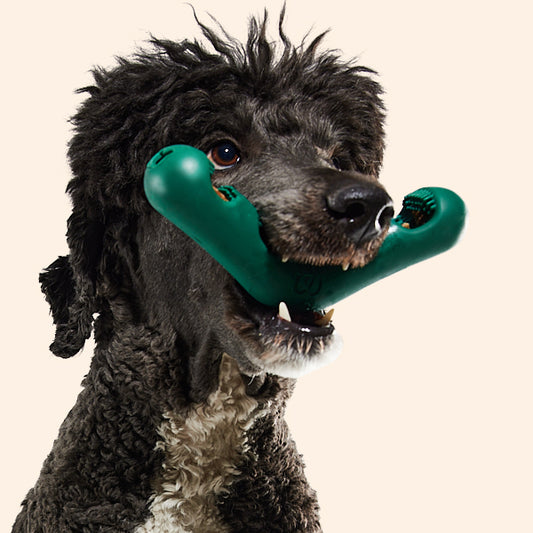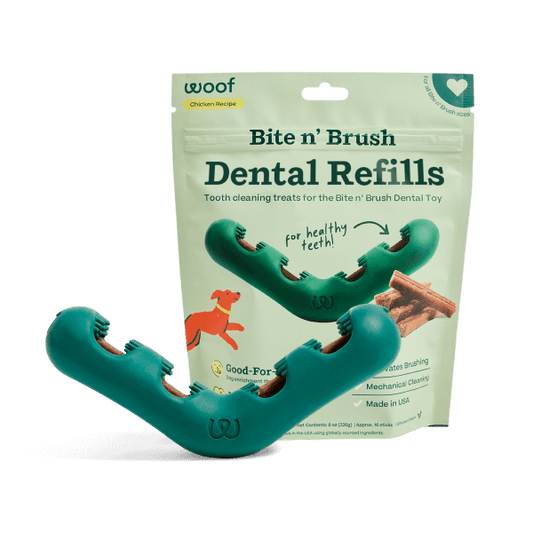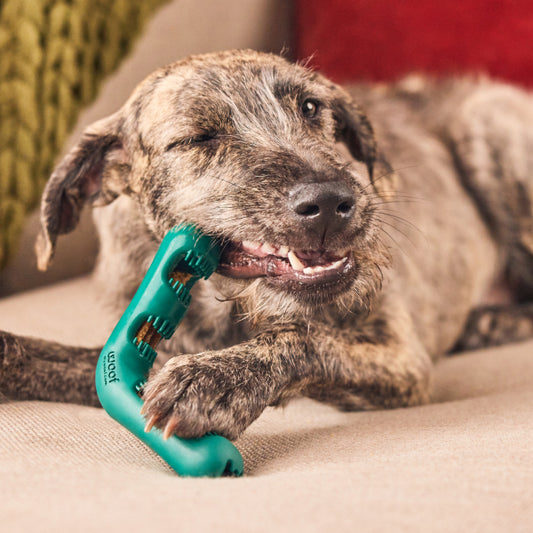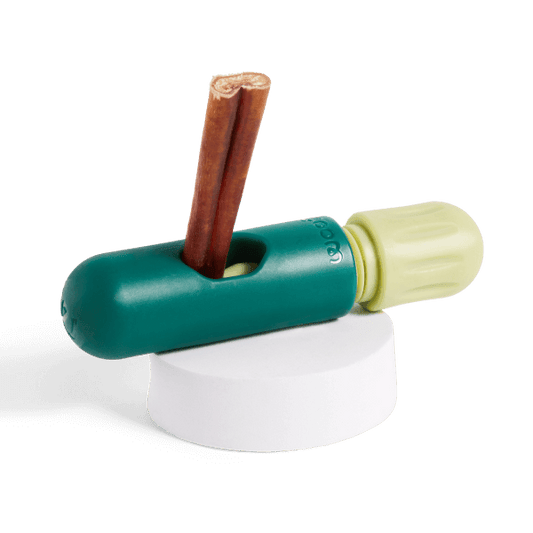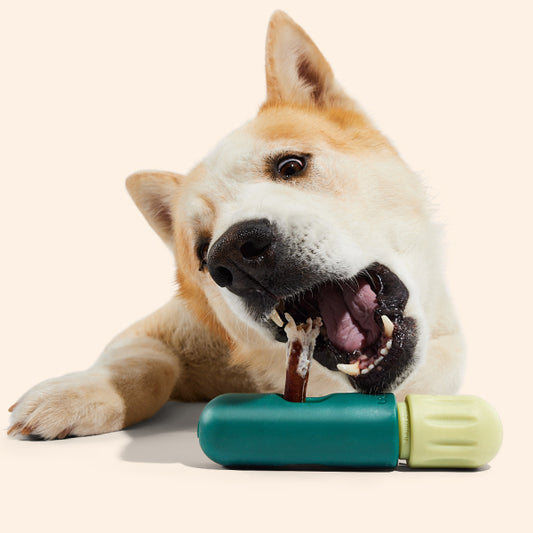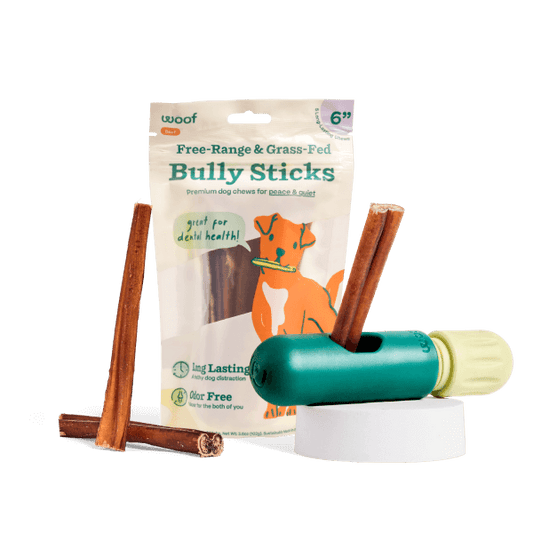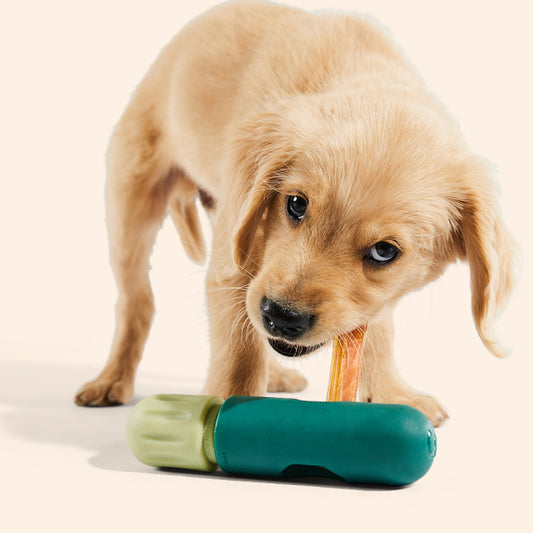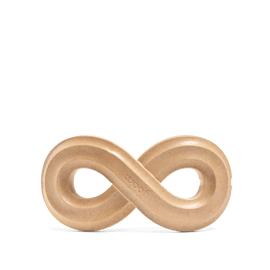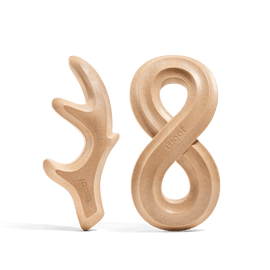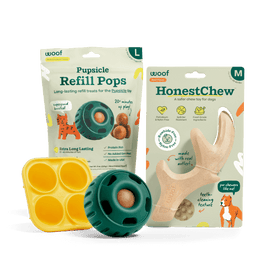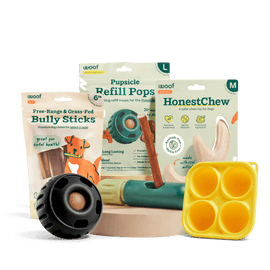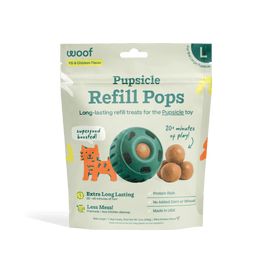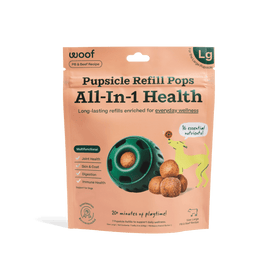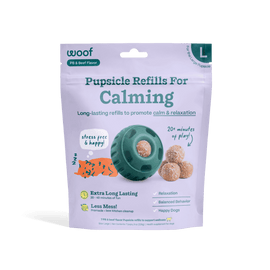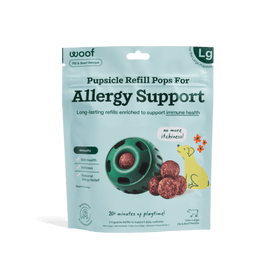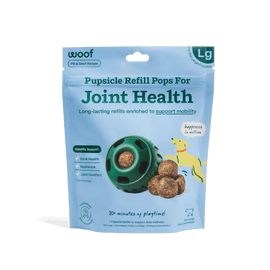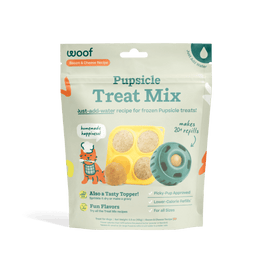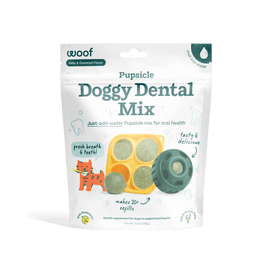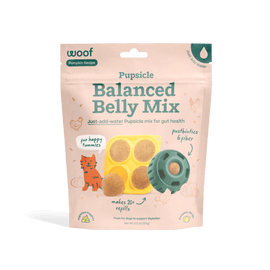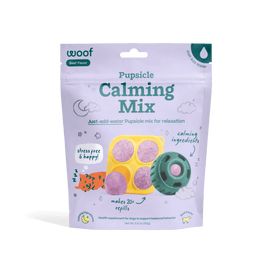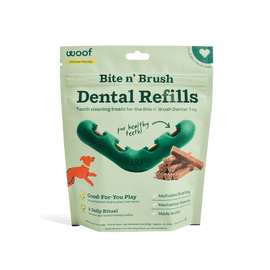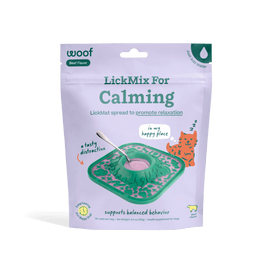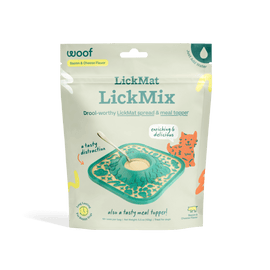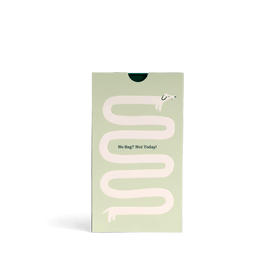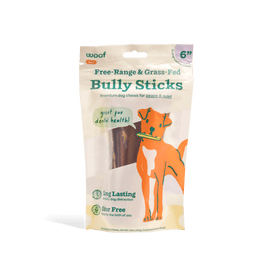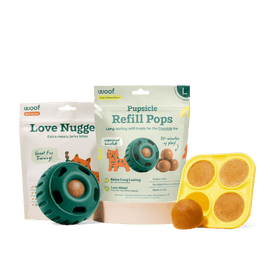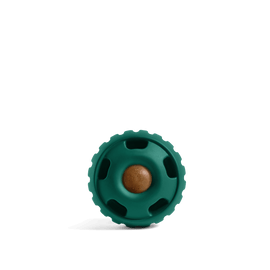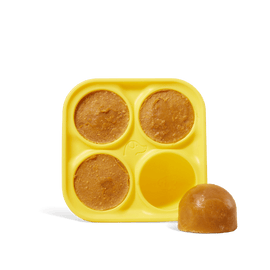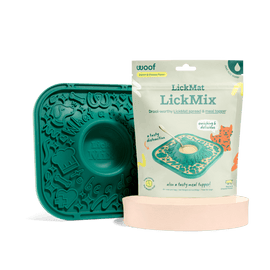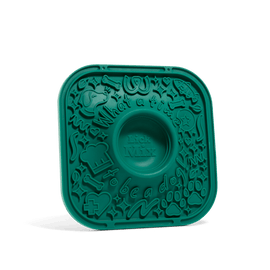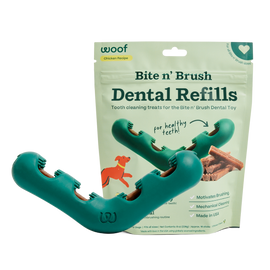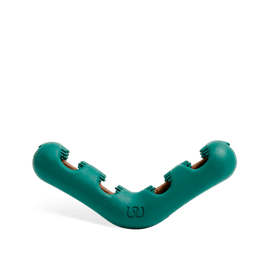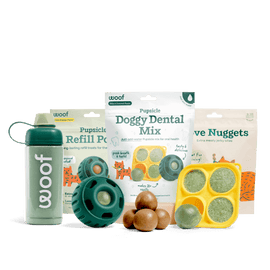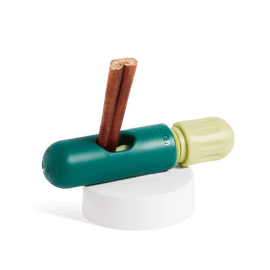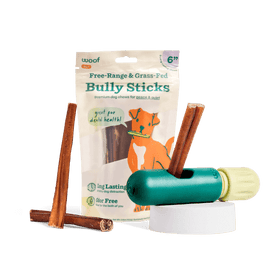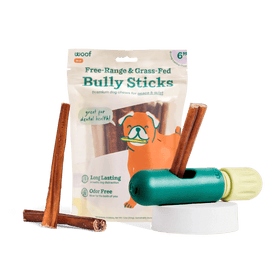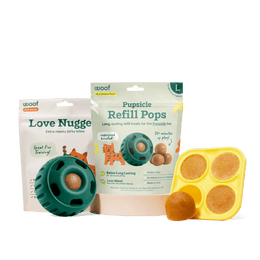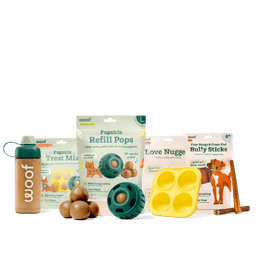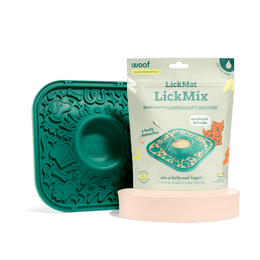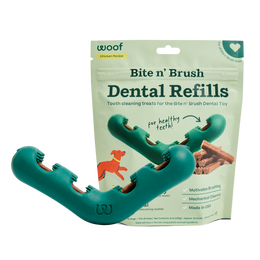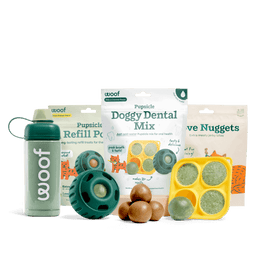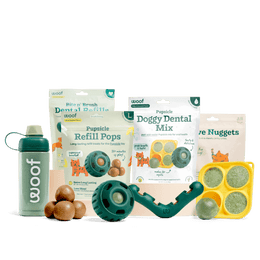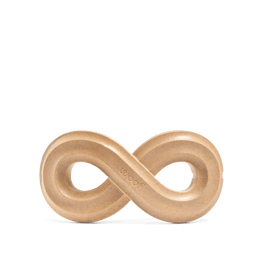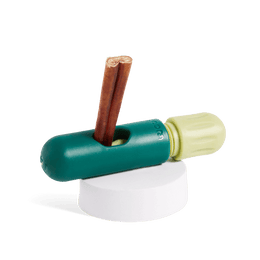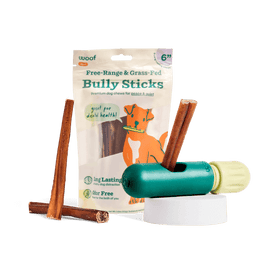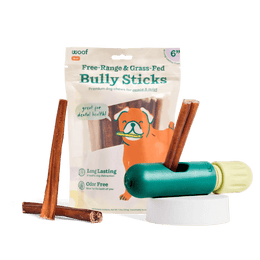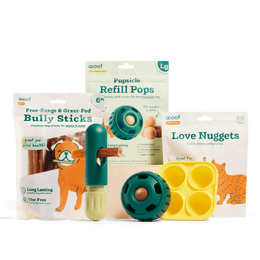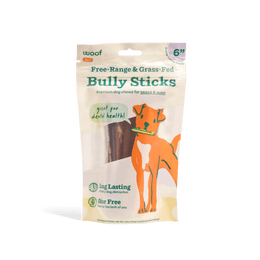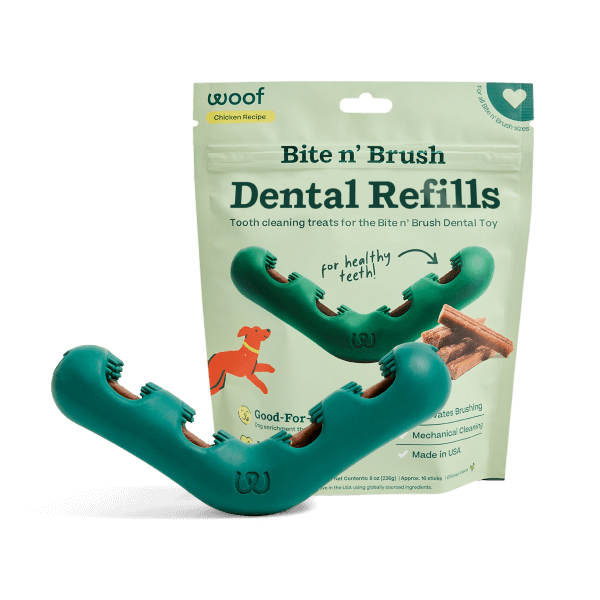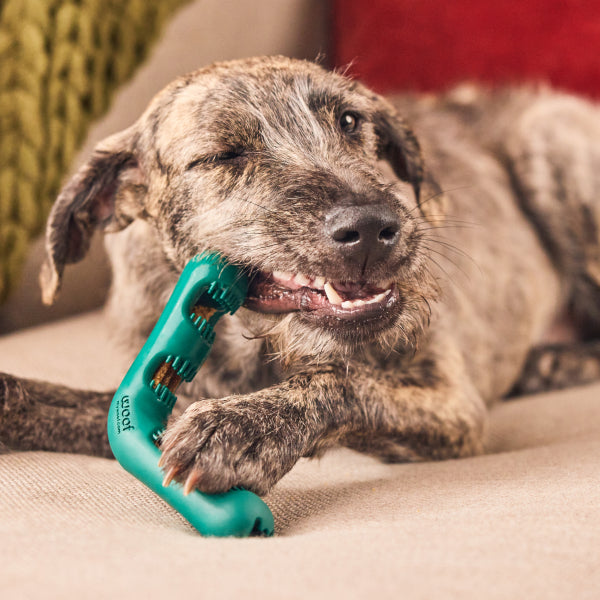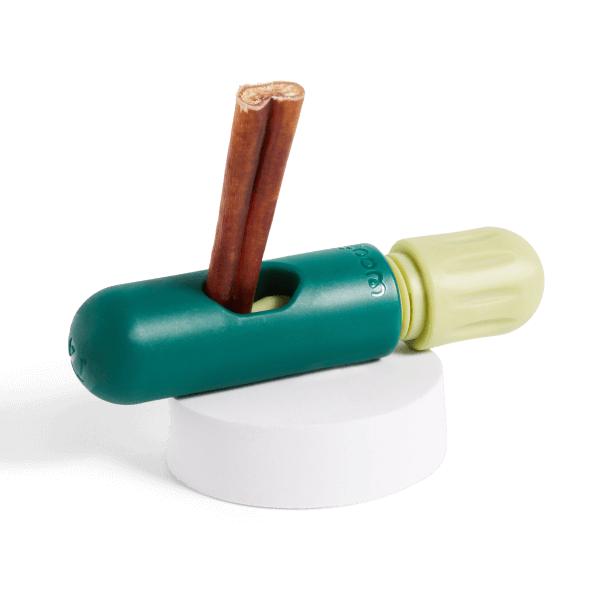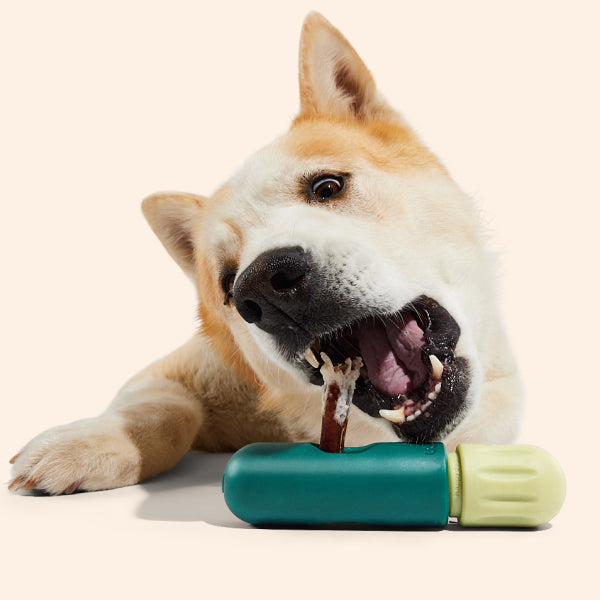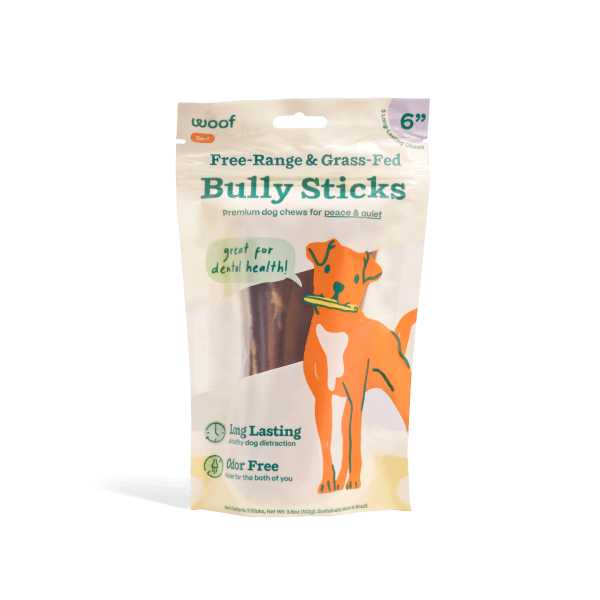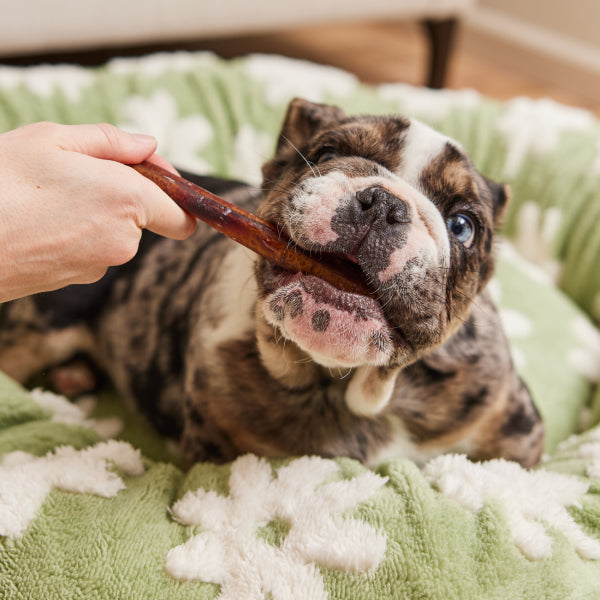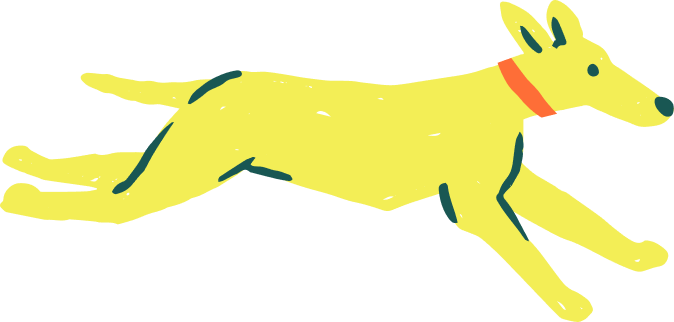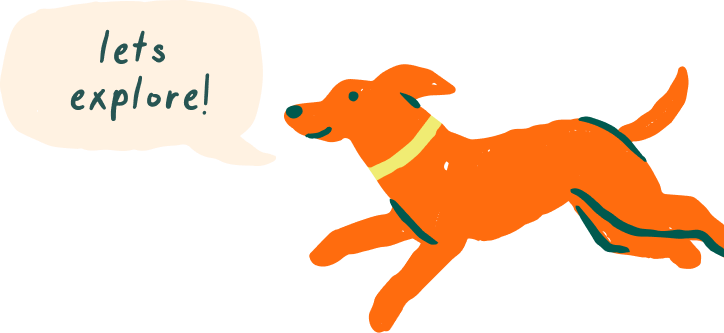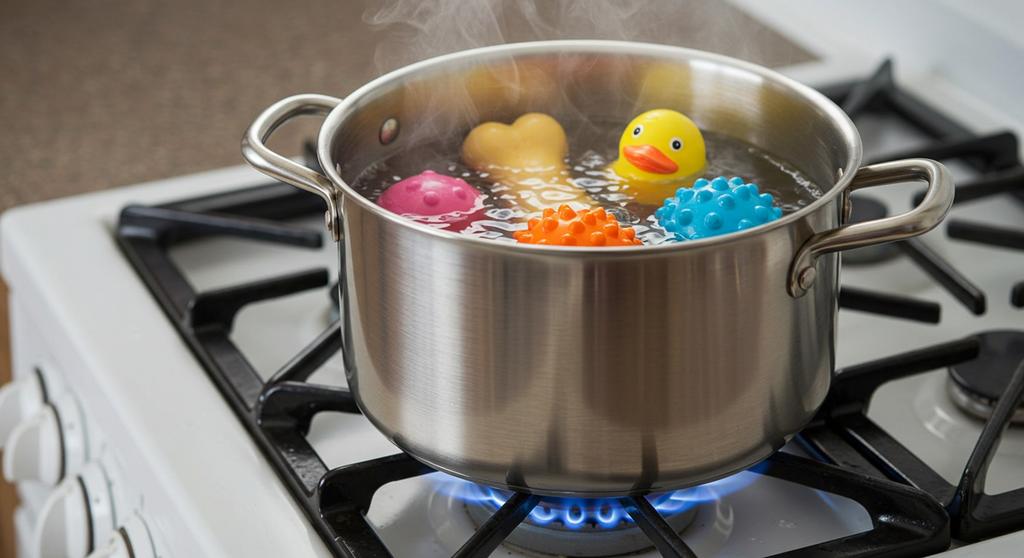
Keeping your dog's toys clean is an essential part of pet care. Over time, toys collect dirt, saliva, bacteria, and even mold, which can pose potential health risks for your pup. While routine washing is a must, some owners wonder if boiling is an effective way to disinfect dog toys thoroughly. The short answer? Yes, but only for certain types of toys.
Why Boil Dog Toys?
Boiling is one of the most effective ways to kill bacteria, viruses, and germs. The high heat eliminates harmful pathogens that may linger on your dog's favorite chew toy. It also removes grime and residue that might not come off with a simple rinse. However, boiling isn't suitable for all toys, so it's important to know which ones can handle the heat.
Which Dog Toys Can Be Boiled?
Not all materials can withstand boiling temperatures. Some may break down, release harmful chemicals, or lose their structure. The following types of dog toys are safe to boil:
- Hard Rubber Toys: Durable rubber toys designed for heavy chewing can generally handle boiling water without breaking down.
- Solid Plastic Toys: Some hard plastic toys, particularly those made from high-quality, non-toxic materials, can be boiled to remove bacteria.
- Rope Toys: Since rope toys can harbor bacteria deep within their fibers, boiling is an excellent way to sanitize them.
However, avoid boiling toys that contain electronic components, squeakers, glued-on pieces, or anything with a soft exterior that could melt, degrade, or become deformed.
How to Safely Boil Dog Toys
If you've determined that a toy is safe for boiling, follow these steps for thorough cleaning:
- Inspect the Toy: Check for cracks, loose pieces, or frayed areas before boiling. If the toy is heavily worn, it’s best to replace it.
- Pre-Clean: Rinse off visible dirt and debris under warm water.
- Boil: Fill a large pot with water and bring it to a rolling boil. Using tongs, carefully place the toys in the water and let them boil for about 5 minutes.
- Remove and Cool: Use tongs to lift the toys out of the pot and place them on a clean, dry surface. Allow them to cool completely.
- Dry Thoroughly: Ensure the toys are fully dry before giving them back to your pup. Rope toys should be hung up in a well-ventilated area to prevent mold growth.
Alternative Cleaning Methods
Not all dog toys can be boiled, but that doesn’t mean they can’t be cleaned effectively. Here are some alternatives:
- Dishwasher: Many rubber and plastic toys are dishwasher-safe. Place them on the top rack and run a hot cycle with mild detergent. Avoid using high heat drying settings to prevent warping.
- Vinegar and Water Solution: Soak toys in a 1:1 mixture of white vinegar and water for about 10-15 minutes, then rinse thoroughly. Vinegar is a natural disinfectant that helps break down bacteria and grime.
- Washing Machine: Plush and fabric toys can be placed in a mesh laundry bag and washed on a gentle cycle using mild detergent. Always air dry completely before use.
When to Replace Dog Toys
No matter how well you clean your dog's toys, they won’t last forever. Regular inspections can help determine when it’s time for a replacement. Here are some signs that a toy should be retired:
- Visible cracks, rips, or missing pieces that could become a choking hazard.
- Foul odors that persist even after thorough cleaning.
- Soft rubber or plastic that has become brittle or too worn from chewing.
Keeping Playtime Safe and Hygienic
Routine cleaning and timely replacements ensure your dog’s playtime remains both safe and fun. Looking for durable, easy-to-clean toys? Check out the Bite n’ Brush Starter Pack, designed to keep your dog entertained while promoting dental health. For a long-lasting chew challenge, the BullySafe helps keep Free Range Bully Sticks secure during snack time.
By following proper cleaning methods and knowing when to replace worn-out toys, you can ensure your dog stays safe, happy, and healthy with their favorite playthings.
